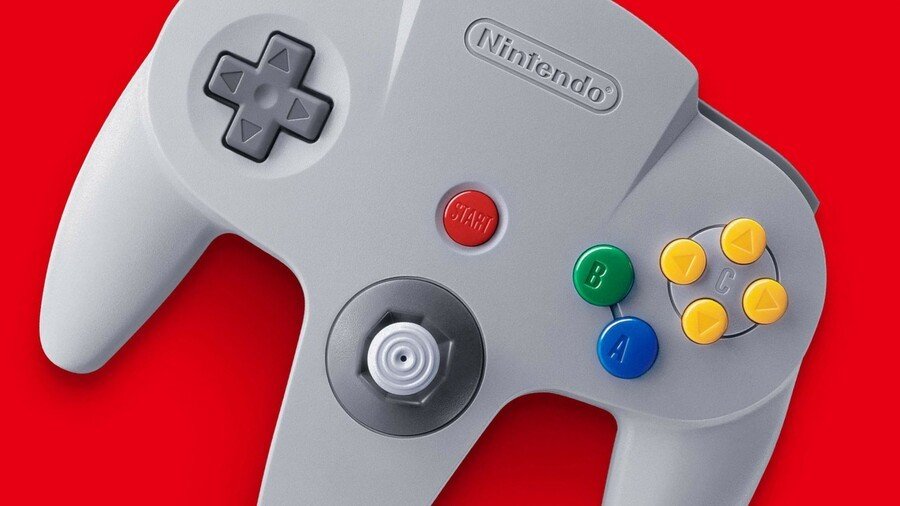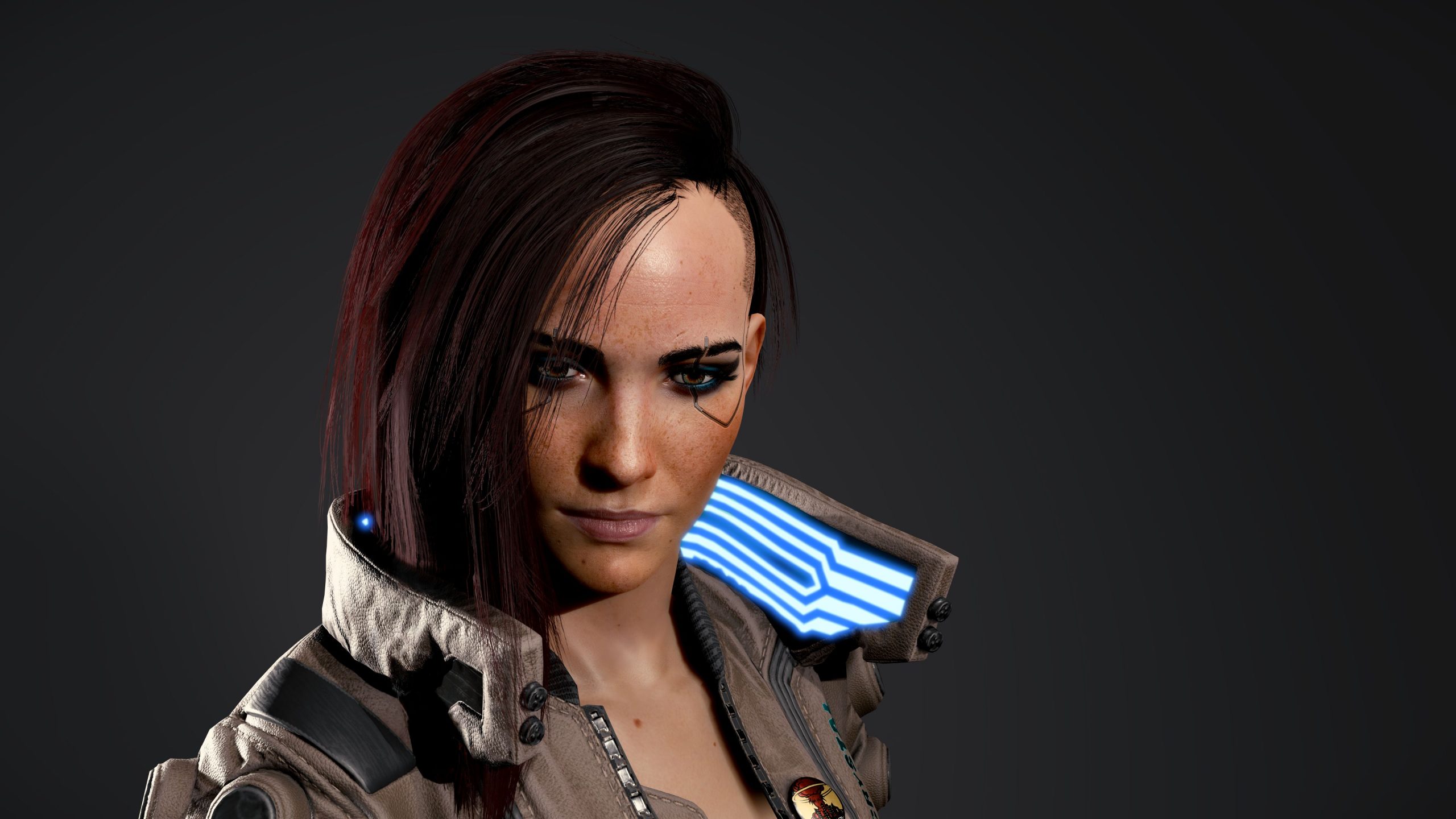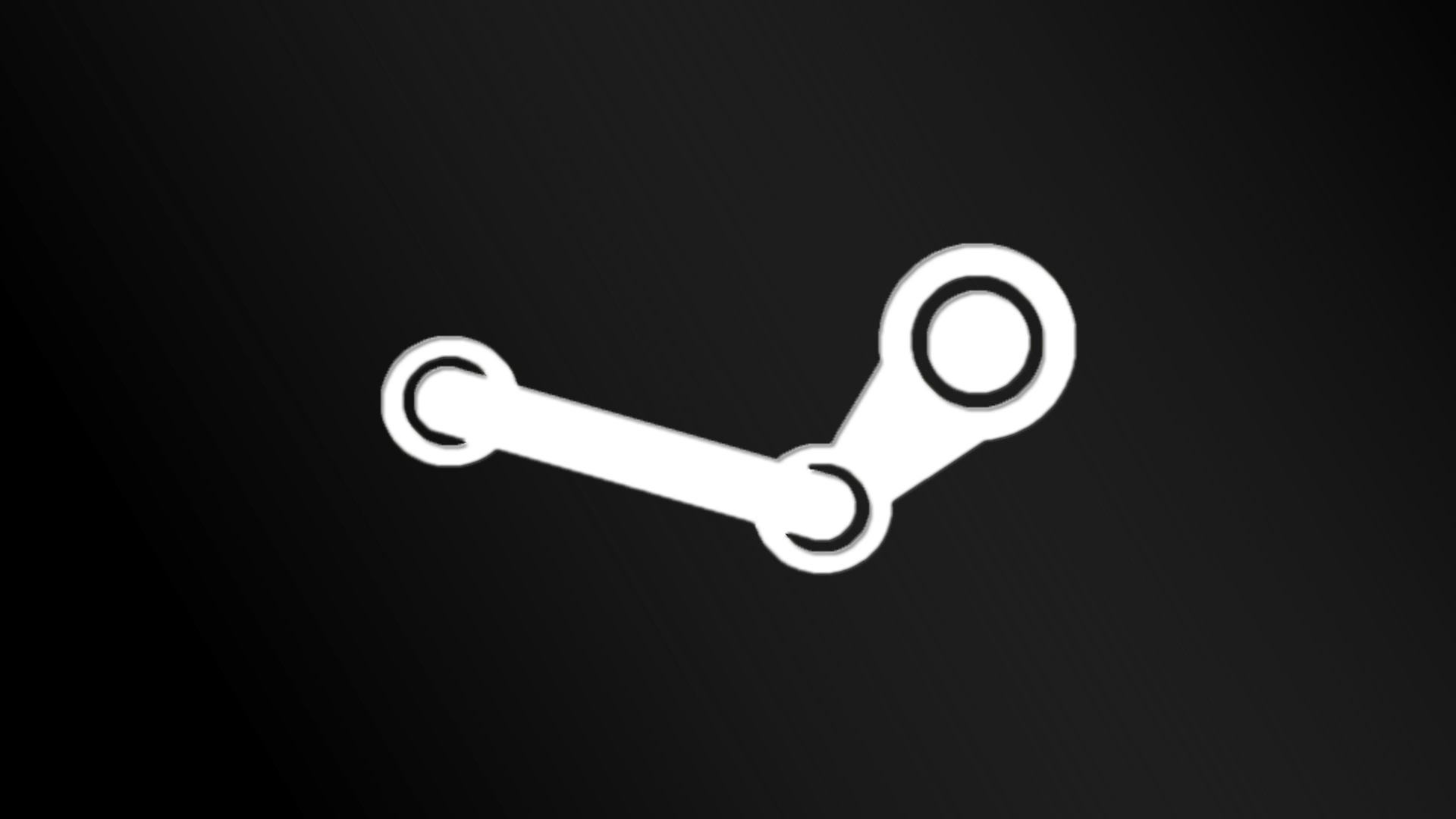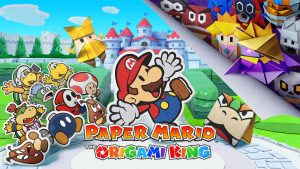
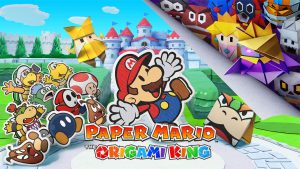
The Paper Mario series originally began as a successor to the Super Nintendo Entertainment System’s Super Mario RPG (called Mario Story in Japan). However the series has slowly strayed from its use of RPG mechanics, and instead has become more of an adventure-puzzle game.
Beginning with Paper Mario: Sticker Star the series has relied less on typical RPG progression like experience points, and has switched to checkpoint progression (where your position in the story dictates power rather than any grinding).
So it is worth noting that fans of the original Paper Mario may not find much in common with The Origami King.
Paper Mario: The Origami King
Developer: Intelligent Systems
Publisher: Nintendo
Platforms: Nintendo Switch (Reviewed)
Release Date: July 17th, 2020
Players: 1
Price: $59.99

Paper Mario: The Origami King starts off with the Mario Brothers headed to Toad Town’s Origami Festival, only to find the town abandoned. After a bit of exploring they find Peach’s Castle mostly empty, and a very stiff Princess Peach.
It turns out that King Olly, a folded Origami King, folded Princess Peach and wants to control all of the paper peoples by folding them into nearly mindless origami soldiers. King Olly’s sister Olivia and Bowser are the only ones to stand with Mario against her brother.
Using magical streamers, King Olly hoists Peach’s castle from its foundations and hides him and the castle away under a barrier of streamers. It’s up to Mario and Olivia to destroy the streamers, liberate Peach’s castle, and rescue all the hapless Toads and minions from being folded.
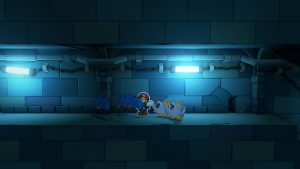
Paper Mario: The Origami King introduces a new radial battle system. Enemies spawn on a circular grid surrounding Mario and the goal of each encounter is to line up enemies in a combination of 1×4 lines to be jumped on, or 2×2 squares to be smacked with his hammer.
Accomplishing this mini-game ensures Mario will be given enough actions to defeat all enemies on the board. This is in addition to a 1.5x damage multiplier if you manage to solve the grid puzzle. Therein lies the absolute biggest flaw of the game; how unrewarding the combat is.
Winning a fight at best nets you a couple hundred coins. Even more if you manage to do it without getting hurt. However the damage multiplier is only enough to kill maybe a third of the enemies you encounter with your base equipment. In order to consistently one-shot enemies, you have to solve the puzzle in addition to using top-tier equipment which breaks after repeated use.
So you have to choose between sinking your gold into consumable equipment, or taking damage and losing gold anyways. Either way it feels like you lose.

In contrast to fighting the rank and file enemies and having to juggle item efficiency, boss fights are a refreshing change of pace that are actually challenging and enjoyable. In comparison to the arbitrary clustering of mob fights, boss fights require you to spin tiles with arrows and action tokens to position a path to the boss.
This makes boss fights more straightforward, and because of the length of the fight and strategy required it’s more reminiscent of the RPG roots of Paper Mario. In contrast with the game’s goofy and fun aesthetic, it’s not afraid to throw you into boss fights with minimal direction. If you’re lucky, Olivia will tell you something like “Hey, this yellow part is immune” and off you go.
Luckily there are little envelopes on the field you can pick up (if they are in your path) that explain the steps of a fight; to help you figure out when, where, and what weapon to use at different phases.
For instance, one boss requires you to jump on them repeatedly, and then use the power of water to douse the field before using a magic circle for a finishing blow. The excitement and rhythm of boss fights makes it easy to look forward to them through the slog of pointless minion battles.

Other fun fights include overworld battles. A few bosses and encounters don’t use the grid-based battle system, but instead require Mario to dodge, jump, and whack with his hammer in dynamic combat. These are fine and to the point, so it makes you wonder why more fights weren’t like this.
All in all, the combat is by far the weakest link in Paper Mario: The Origami King; but the story, music, and writing carries it well. The game shows that Intelligent Systems can make do with what they’re given.
Despite Nintendo’s insistence that Intelligent Systems no longer “create original characters that touch on the Mario universe;” the characters in the game are vibrant, funny, and interesting, even if their names are as simple as Bob-omb.
The Paper Mario series has become a great source of good writing as main-series Mario games are usually bereft of much dialogue. Luigi is funny and lovable, Olivia is sympathetic, and Bowser is cheeky but endearing. Frankly it feels like if Nintendo won’t let them make new characters, the mechanics of Paper Mario would be better served in a fresh IP where Intelligent Systems can do as they want.

The game is full of comedic timing, slapstick, and deadpan humor that makes walking around and talking to NPCs a joy. This is especially true in the side objective of searching for missing Toads. Toads have been folded, stuck in cracks, and otherwise hidden all throughout the game; each one you find joins the stands during combat and can cheer on Mario.
This cheering can even (for a modest fee of 1-999 coins) include material aide like health drops, minor damage to enemies, and the Toads will even solve puzzles for you if you’re particularly generous.
However this also means the game can be trivialized by those that take the time to grind out coins, as the help of the Toads can even be used in boss fights. In the game’s defense, it’s meant to be accessible for multiple skill levels.

This is still no excuse for the whiplash in the game’s difficulty. In particular, one boss can constantly regenerate if you don’t finish it off at the right time, and undo multiple turns worth of work. This boss is right after a pretty straightforward boss where the gimmick is explained in more detail.
Sometimes it feels like Paper Mario: The Origami King can’t decide if it wants to be a difficult game, or an easy game. While this might be in an attempt to appeal to all ages, it misses the mark on both.
Visually, there’s no complaints about Paper Mario: The Origami King, but it was never meant to be a graphically intensive game. The environment is well designed and cleverly hidden cracks and holes conceal secrets without being too obscured. If there was anything impressive about the game’s graphics, it’s that the water looks nice.
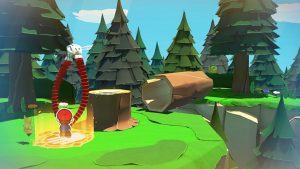
It’s also impressive just how much detail went into making everything look like paper. Tissue paper floats around in the Great Sea giving it an ephemeral appearance, buildings are made out of folded cardboard, and even the coins you collect allow you to see the reinforced folds that give them structure.
Music is also a highlight. Audio cues accompany the game’s humorous moments, and a neat little soundtrack that soundly rounds out the game’s atmosphere. Little noise cues when Mario smacks his hammer, walks on strange terrain, or approaches a hidden Toad all make the game easier to play and discover its secrets.
Meanwhile there’s in-character musical numbers that Olivia and other NPCs perform. While there’s no audible lyrics, onscreen lyrics accompany the more lively tunes.
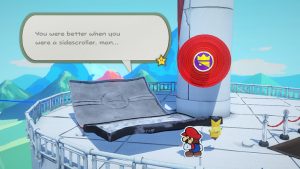
Ultimately Paper Mario: The Origami King is a mediocre game; the actual combat is annoying, and it’s by the virtue of the writing and music that the game is actually bearable. It would be better if basic enemies were only hazards in the overworld that could be dealt with, without going into the radial combat, and then keep the boss fights.
Compared to the core gameplay rotation, the side quests are more entertaining. Finding the lost Toads, patching up holes in the world with confetti, and finding all the collectibles are more rewarding than fighting enemies. Not to mention the game’s writing and plot make up for the worst of the combat, enough to get invested in the story despite the irritation.
Players wanting to re-experience a Mario RPG (especially since AlphaDream, the company behind the Mario & Luigi series went bankrupt) will be sorely disappointed by Paper Mario: The Origami King. But players who want a light-hearted and laidback adventure game are in for a good time. Albeit, one that doesn’t quite justify the game’s price tag.
Just make sure to stock up on coins to skip as much combat as possible. You’ll thank me later.
Some Images: Nintendo
